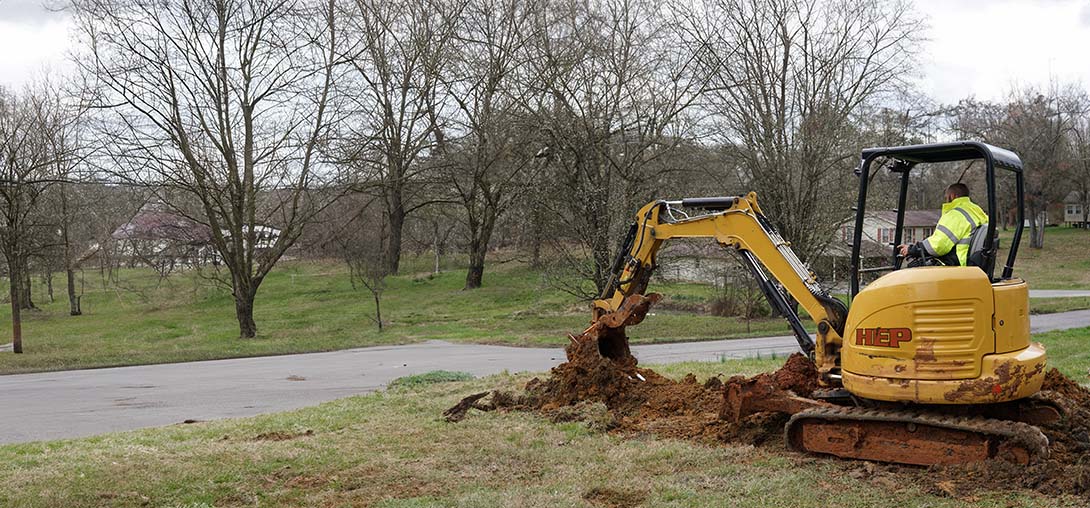- HEP
- Diagnostic Tools

 Diagnostic Tools
Diagnostic Tools
Diagnostic Tools | Main Line Issues | Plumbing | Petros
Discover the full potential of HEP's diagnostic tools designed for plumbing, where every tool in our suite is crafted to troubleshoot and resolve your toughest challenges. Our technology helps simplify complex projects and guides you to quickly pinpoint and address main line issues without the usual guesswork. With precision engineering and user-friendly interfaces, you get real-time insights that mean less downtime and more confidence in every fix.
Harness innovative solutions that go beyond the basics in our dedicated Petros platform. Here, detailed diagnostics meet expert strategy, ensuring that every nuance of your plumbing system is clearly understood. Tackle main line issues head on with a robust set of tools designed to empower you—turning potential problems into manageable solutions with ease and expertise.
FAQs
What diagnostic tools are used for identifying main line plumbing issues?
Our diagnostic process utilizes state-of-the-art tools such as high-resolution camera inspections, ultrasonic or acoustic leak detectors, and pressure testing equipment to pinpoint issues in the main line. These tools provide a comprehensive view of the pipe's interior condition and help detect blockages, leaks, or structural damage before they escalate.
How does a camera inspection help identify main line problems?
Camera inspections involve sending a miniaturized, waterproof camera through your plumbing system. This tool captures real-time video footage of the interior of your pipes, enabling our specialists to visually identify cracks, corrosion, blockages, root intrusions, and other anomalies. The detailed imagery allows for an accurate diagnosis and helps determine the best course of action.
Can these diagnostic tools detect leaks and obstructions early on?
Yes, absolutely. The advanced diagnostic tools are designed to detect both small leaks and obstructions before they turn into major problems. Early detection allows for timely repairs, which can prevent costly damage to your plumbing infrastructure and minimize potential property damage. This preventive approach is a cornerstone of effective main line maintenance.
What is the process for scheduling a main line diagnostic inspection?
Scheduling a diagnostic inspection is straightforward. Simply contact our service team with your details and any concerns you might have about your plumbing system. Our experts will arrange a convenient appointment, perform a preliminary consultation, and then deploy the necessary diagnostic tools on-site. Following the inspection, we provide a detailed report and recommend the best repair or maintenance plan based on our findings.
How often should main line plumbing be inspected?
The frequency of inspections depends on various factors such as the age of your plumbing system, previous maintenance history, and local environmental conditions. As a general guideline, it is recommended to have your main line inspected every 1-2 years. However, if you notice signs of damage, recurrent blockages, or unusual noises, scheduling an earlier inspection can help address issues promptly and prevent further complications.
What benefits does early detection of main line issues provide?
Early detection of main line problems can save you a significant amount of money and inconvenience. Identifying minor issues before they escalate means that repairs can be performed more efficiently and with less disruption. Additionally, regular diagnostics ensure that your plumbing system operates at optimal performance, reducing the risk of severe structural damage and prolonging the lifespan of your infrastructure.